Jeffersonville, IN
River Mile: 602
Population: 49,447
U.S. Census Profile
The settlement that would come to be known as Jeffersonville first sprang up around Fort Finney, which was built in 1786 on a strategic bend in the Ohio River where the Kennedy Bridge now stands. It was around 1801, when Thomas Jefferson took office as President, that the town took on its present name. It was named the seat of Clark County in 1802, lost that honor in 1812 to Charlestown, only to regain it 1878, where it remains to this day. Shipbuilding was a linchpin of the town’s economy from early on, and the first steamboat to be built there, James Howard’s Hyperion, was launched in 1839.
Boatbuilding continued into the 20th century, and ramped up dramatically during WWII, when the Jefferson Boat & Machine Co., known as Jeffboat, built landing craft and other vessels. The company was the largest inland shipbuilder in the U.S. and No. 2 barge builder before it closed in 2018. Jeffersonville’s location directly across from Louisville, in the slave state of Kentucky, made it major point in the Underground Railroad, with hundreds of freedom-seeking people fleeing to Canada via Clark County. The town was an important supply point for Union Forces during the Civil War, and it hosted many Louisvillians fleeing the threat of a Confederate attack, which was ultimately averted. Jeffersonville became known as “America’s Largest Shirt Factory” during WWI, when the Quartermaster Depot there produced those garments, as well as saddles, harnesses, stoves and kitchen utensils for the war effort. The town desegregated its schools in 1952, two years before Brown v. Board of Education. More recently, the opening of the Big Four railway bridge to pedestrians and bicyclists in 2014 has sparked a renaissance in Jeffersonville, fueling the opening of numerous restaurants, bars and other amenities.

